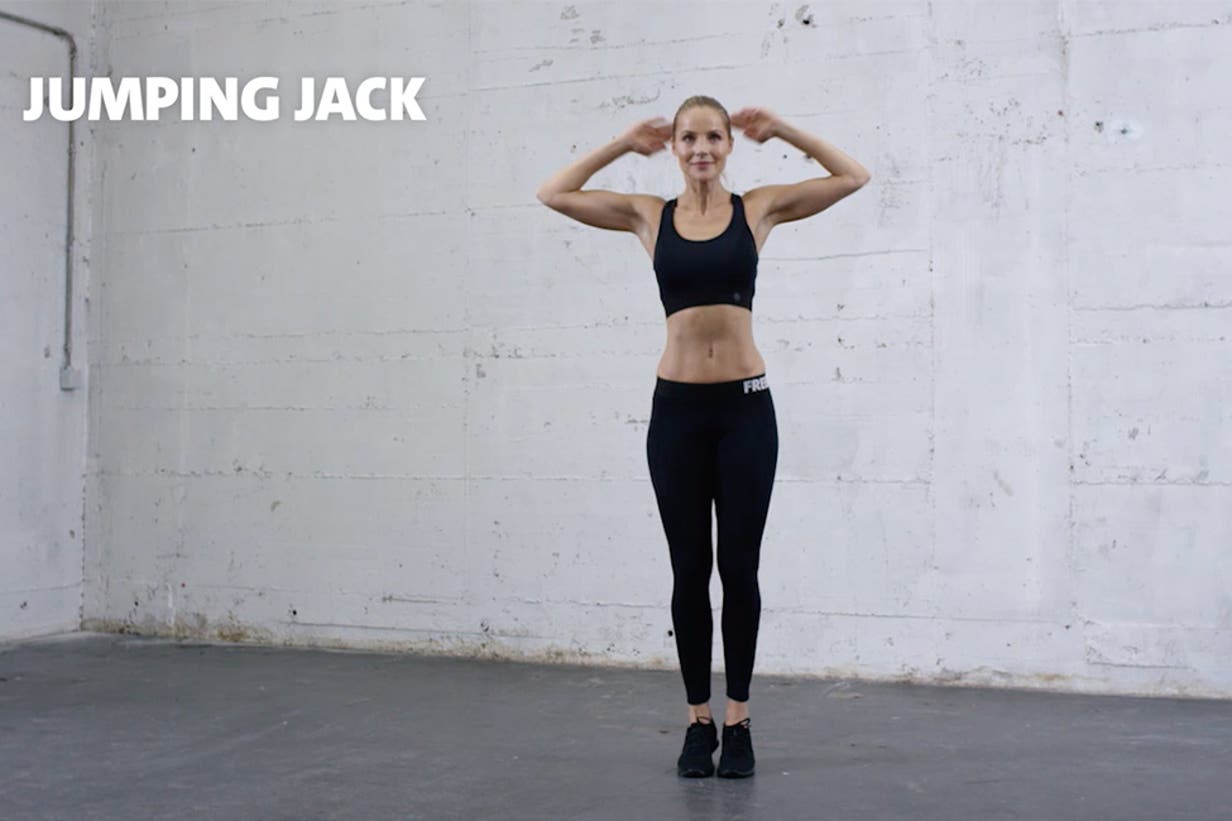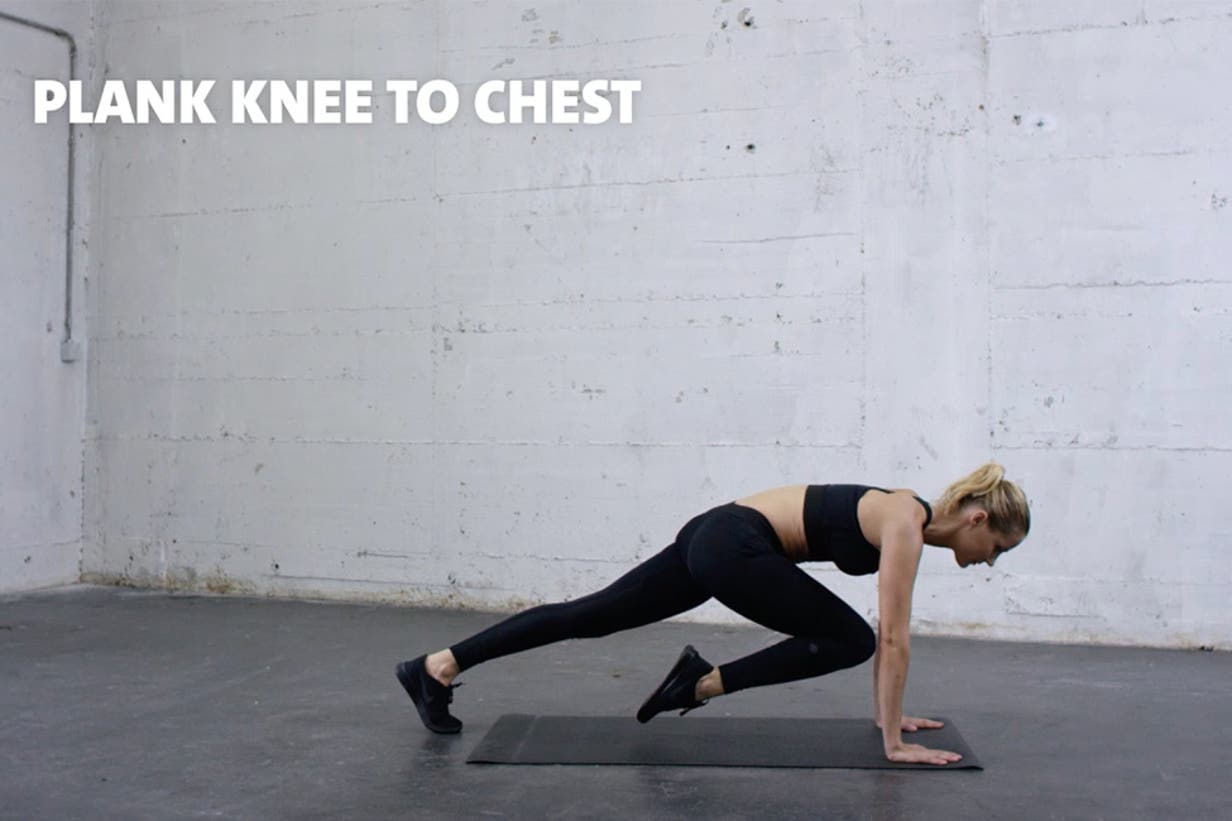Be honest: How much attention do you pay to your warmup? Usually just a few jumping jacks and calf stretches? Then you’re about to find out how important this underestimated training element really is.
Warming up prevents injuries
The warmup should prepare not only your body, but also your mind for what’s to come. The Dynamic Warmup is the foundation and starting block of each training session, consisting of two phases that activate and mobilize target muscles, as well as engage your central nervous system.
Imagine trying to stretch an elastic band, after it’s been in the freezer for several hours. Chances are, it’s going to snap. If the body’s temperature is not increased before powerful and intense movements, the same might happen to your muscles or ligaments. An interesting fact is that an effective warmup can increase the core body temperature from 36,5 – 37,0 degrees to 38,5 – 39,0, and an increase in temperature is likely to lower the risk of injury.
So what should be included in an “effective warmup”? Read more to discover the two stages of the Dynamic Warmup, and why a few jumping jacks and calf stretches just aren‘t going to cut it.

Phase 1: Starting the engine
The General Warmup
A general warmup aims at preventing injury, raising physical and mental readiness as well as enhancing performance in the upcoming training session. The function of this phase is literally to “warmup” – raise the body temperature, the heart rate, the blood flow as well as your metabolism. This provides the muscles with enough oxygen and important nutrients for the following activation phase and training session. An easy run, using a skipping rope or a smooth row on a rowing machine at your local gym are all good examples of what should be included in the general warmup.
Besides increasing the body and muscle temperature, the general warmup also enhances your metabolism as briefly mentioned above. This is important because your energy systems will work more efficiently. Have you ever been late and had to sprint to catch the bus? How did you feel afterwards? You caught the bus which made you happy, but what about your muscles? They didn’t feel so happy, right? That’s because loads of lactate and other acidic fluids would have been running through your legs – a process that also happens when your metabolism isn’t prepared for movements as intense and explosive as a sprint.

Phase 2: Activation and mobilization
The Specific warmup
Although the specific warmup also aims at preventing injuries, it’s primary function is connecting the brain with distinct muscle groups. During this phase of the warmup, your central nervous system (CNS) in particular will be activated, as well as your joints and range of motion. This is especially important as in almost every sport, your spine and posterior chain (hamstrings, glutes and spine muscles) as well as your shoulder girdle muscles, are required to support the body and ensure safe and fluid movements.
This stage, although often neglected, is crucial. The connection between the body and brain allows you to target the correct muscles required to perform certain movements quickly, unconsciously and without injury. Whenever you play soccer for example, sprint, or perform a bodyweight workout with a lower body focus, it is inevitable to activate and mobilize your glutes, your hamstrings, your hip joints and your spine. In other words: during this stage of the warmup your brain gets used to telling your body how it should position itself for the upcoming exercise, and your body gets used to following your brain’s commands.
It’s just like someone telling you that you have to give a presentation in 2 hours. What do you do for the next 2 hours? Read through the slides, familiarize yourself with them and prepare and learn as best you can to give a seamless, powerful presentation. This is the function of the warmup.
Let’s recap
The Dynamic Warmup should be the foundation of every training session. It consists of 2 phases – the general and the specific warmup. By performing these 2 phases, not only will you raise the body’s temperature and heart rate, you also reduce risk of injury and activate the connection between the brain and body, so it’s prepared and ready for the movements that will follow in your workout.